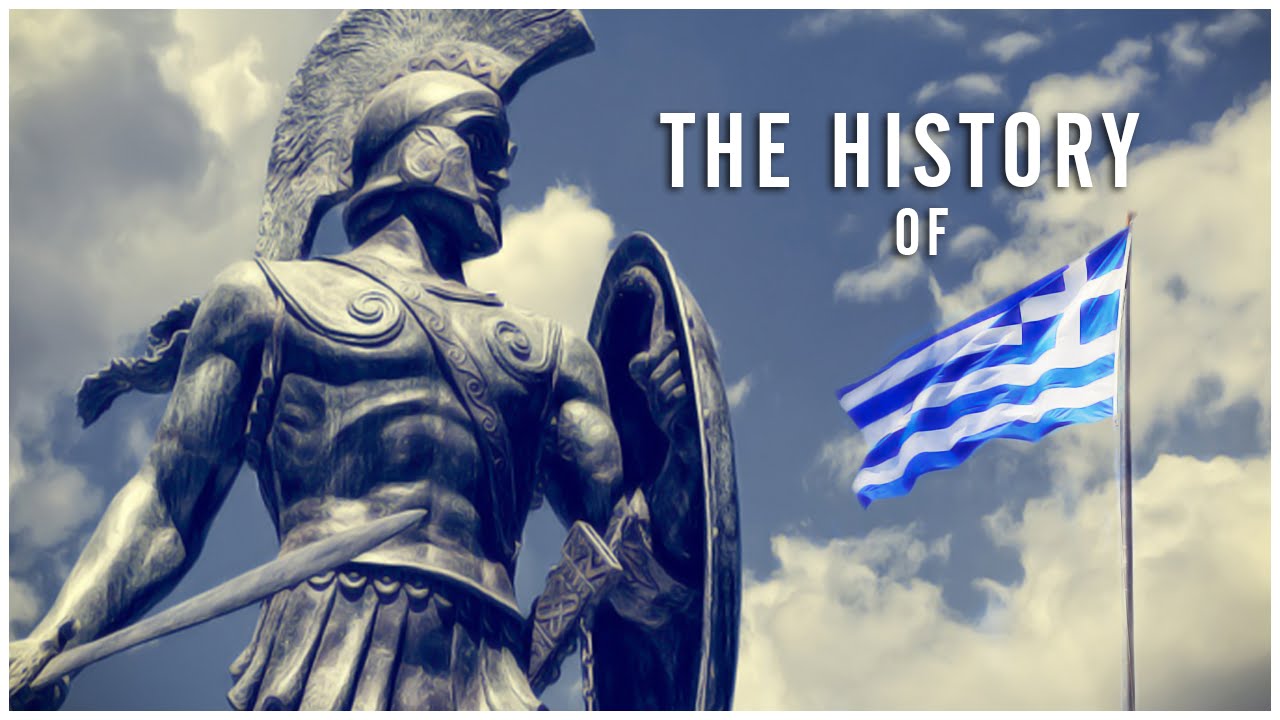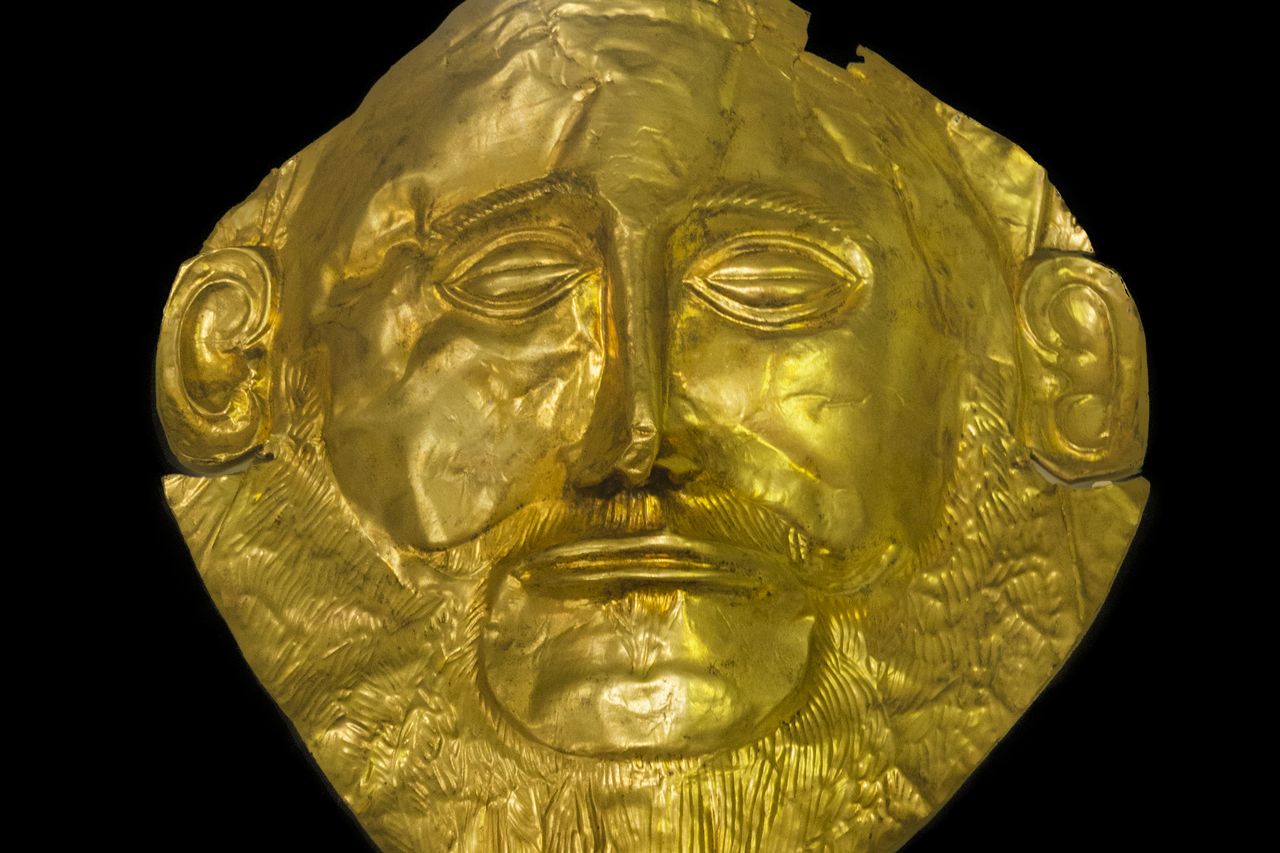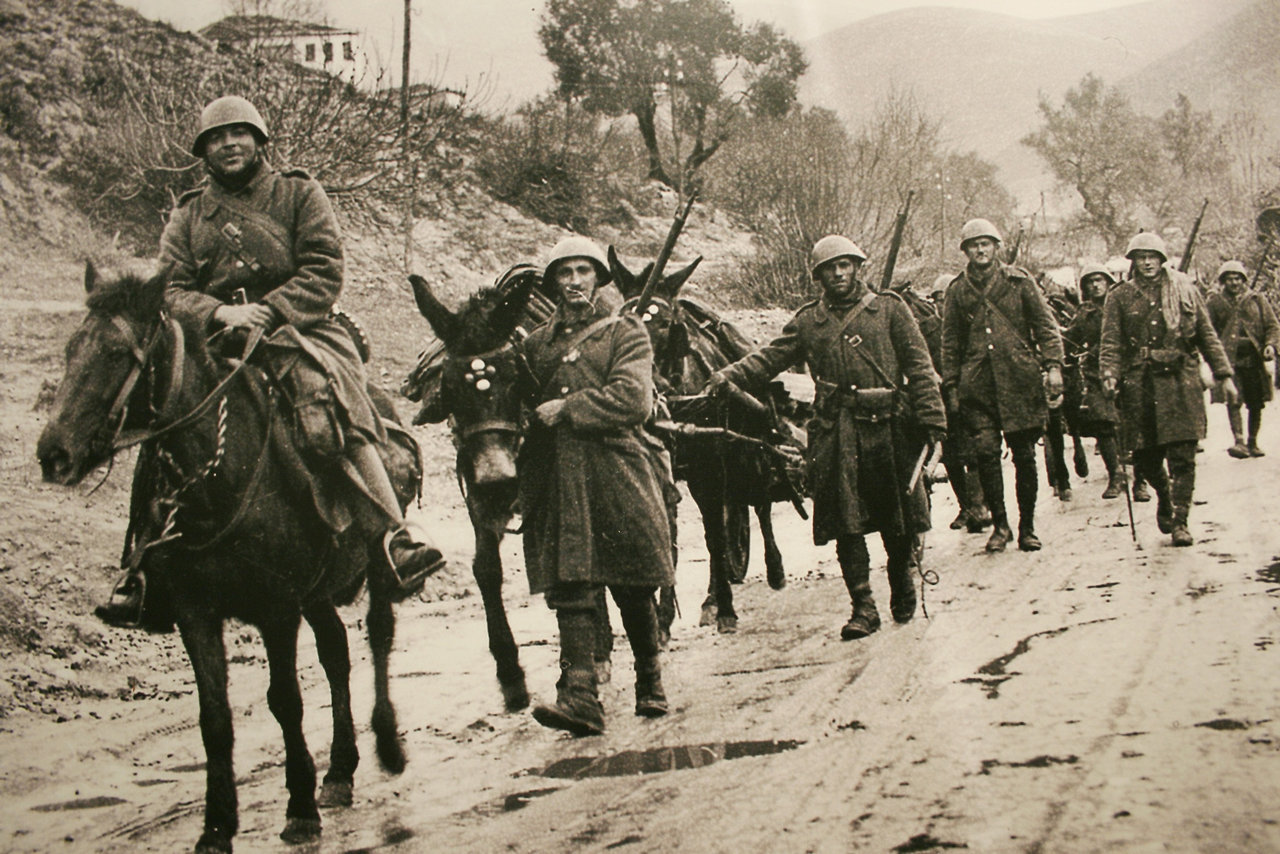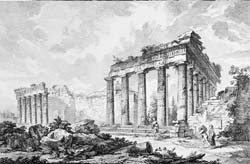Classical Antiquities in the Greek War of Independence
The Pre-Independence Era: Antiquities as Commodities
In the years before the Greek War of Independence, classical antiquities in Greece were largely treated as commodities. European travelers, scholars, and collectors viewed these ancient artifacts as valuable objects to be studied, recorded, and often removed from Greece to enrich the collections of museums and wealthy patrons in Western Europe.
The local Greek population of the time did not place the same value or respect on these antiquities. Statues and architectural fragments were sometimes sold to Europeans, used as building materials, or even burned for lime. There was little opposition to the removal of major works such as the Parthenon Marbles by Lord Elgin in the early 1800s.
The economic hardships endured by Greeks under Ottoman rule, combined with a lack of education and national consciousness, led many to regard classical antiquities merely as commodities to be sold for profit prior to the galvanizing impact of the independence struggle in the 1820s. The war transformed these objects into symbolic capital too sacred to be removed from Greece.

Relevant Facts:
- The Ottoman Empire had ruled Greece since the 15th century, and the Greek population faced significant economic, social, and cultural challenges under their rule.
- The European Enlightenment and the rise of neoclassicism in the 18th century sparked a renewed interest in Greek antiquities among Western scholars and collectors.
- The removal of the Parthenon marbles by Lord Elgin, known as the “Elgin Marbles,” remains a controversial issue to this day, with ongoing debates about their repatriation to Greece.
The Philomousos Society and Changing Attitudes
Attitudes began to change with the founding of the Philomousos Society in Athens in 1813. This group aimed to promote Greek culture, literature, and the preservation of antiquities. Its membership included educated Greeks as well as philhellenic Europeans.
Through the activities of the Philomousos Society, the Athenian elite started to adopt the European ideals and methods of studying ancient monuments. They increasingly saw themselves as the heirs to the classical past. While the Society took some early steps toward monument preservation, its plans were disrupted by the outbreak of the Greek War of Independence in 1821.
Relevant Facts:
- The Philomousos Society was part of a broader intellectual movement known as the Greek Enlightenment, which sought to revive Greek culture and identity.
- Philhellenism, or the love and admiration of Greek culture, was widespread among educated Europeans in the early 19th century and played a significant role in garnering international support for the Greek independence movement.
The War of Independence: Antiquities as Symbolic Capital
The Greek War of Independence marked a major turning point in how antiquities were perceived. As the Greek people fought to overthrow Ottoman rule and establish an independent state, the classical past became a powerful source of inspiration and legitimacy for the national cause.
Ancient monuments like the Acropolis were now seen as sacred national treasures that had to be protected and celebrated as symbols of Greek identity. Laws were passed banning the export of antiquities. Figures like Ioannis Kapodistrias, the first governor of independent Greece, spoke out against the removal of artifacts, framing it as an affront to the nation.
This transformation was vividly captured by Georg Gropius, the Austrian consul in Athens. Gropius himself had facilitated the removal of antiquities in the early 1800s. But by 1826, he wrote that such actions were no longer acceptable now that the Greeks were able to “assert their rights and enjoy the benefits of their glorious patrimony”.
Relevant Facts:
- The Greek War of Independence lasted from 1821 to 1829 and resulted in the establishment of an independent Greek state.
- The war attracted significant international attention and support, with many Europeans, particularly writers and artists, championing the Greek cause.
- The idea of cultural patrimony, or the belief that a nation’s cultural heritage belongs to its people, gained traction during this period and played a crucial role in the changing attitudes towards antiquities.
Archaeology in the Early Greek State
With Greek independence, caring for the nation’s ancient heritage became a top priority. The Greeks established state archaeological services and learned societies to oversee the study and preservation of monuments. Foreign-educated Greeks like Kyriakos Pittakis and Alexandros Rangavis led the way in applying European methods to Greek archaeology.
On the Acropolis, a far-reaching “purification” program was launched to clear away the post-classical buildings and restore the site to its perceived classical glory. This created an idealized ancient landscape that would stand as the supreme symbol of the reborn Greek nation.
Relevant Facts:
- The Archaeological Society of Athens, founded in 1837, played a crucial role in the development of Greek archaeology and the preservation of ancient monuments.
- The University of Athens, established in 1837, became a center for the study of archaeology and classical philology, training a new generation of Greek scholars.
- The “purification” of the Acropolis involved the removal of Byzantine, Frankish, and Ottoman structures, reflecting the desire to create a pure, idealized vision of the classical past.
Conclusion
In just a few short decades, the status of Greek antiquities had been utterly transformed. No longer mere commodities to be traded away, they became vital pieces of symbolic capital, anchoring the identity of a new nation and tying it to the glories of the ancient past. This fundamental change would shape the development of Greek archaeology, and Greek national identity, for generations to come.
The Greek War of Independence not only liberated the Greek people from Ottoman rule but also sparked a profound shift in how they perceived and valued their classical heritage. The struggle for freedom imbued ancient monuments with new meaning as sacred symbols of the nation, forever changing their status from tradable goods to cherished national treasures. This transformation laid the foundation for the development of Greek archaeology and the central role of antiquities in modern Greek identity.
Relevant Facts:
- The importance of antiquities in Greek national identity continues to this day, with ancient monuments and artifacts serving as powerful symbols of Greek culture and history.
- The debate over the repatriation of Greek antiquities, particularly the Parthenon marbles, remains an ongoing issue in international cultural heritage discussions.
- The study of the relationship between archaeology, nationalism, and identity formation has become a significant area of research in the fields of archaeology, history, and cultural studies.
Resources:
- The Bombardment of the Acropolis during the Greek War of Independence
- Hamilakis, Y. (2007). The Nation and its Ruins: Antiquity, Archaeology, and National Imagination in Greece. Oxford University Press. link
- Tsigakou, F. M. (1981). The Rediscovery of Greece: Travellers and Painters of the Romantic Era. Thames and Hudson. link
- St Clair, W. (1998). Lord Elgin and the Marbles. Oxford University Press. link
- Gourgouris, S. (1996). Dream Nation: Enlightenment, Colonization, and the Institution of Modern Greece. Stanford University Press. link
- Clogg, R. (2002). A Concise History of Greece. Cambridge University Press. link
- Tsouli, Chrysanthi. “Greeks and Antiquities during the Early Years of the New Greek State: Attestations of Archival Official Documents and Old Ιnventories, 2020, 250-265.” Μ. Lagogianni-Georgakarakos – Th. Koutsogiannis (eds.), “These are what we fought for…” Antiquities and the Greek War of Independence, Exh. Catalogue (National Archaeological Museum, February – July 2020), Athens (2020): n. pag. link
- Kitromilides, P. M. (2013). Enlightenment and Revolution: The Making of Modern Greece. Harvard University Press. link
- Roessel, D. (2002). In Byron’s Shadow: Modern Greece in the English and American Imagination. Oxford University Press. link
- Voudouri, D. (2010). Law and the Politics of the Past: Legal Protection of Cultural Heritage in Greece. International Journal of Cultural Property, 17(3), 547-568. link
- Merryman, J. H. (1986). Two Ways of Thinking About Cultural Property. The American Journal of International Law, 80(4), 831-853. link
- Maria G. Zachariou. Looking at the Past of Greece through the Eyes of Greeks link
- Voutsaki, S. (2003). Archaeology and the Construction of the Past in Nineteenth Century Greece. In H. Hokwerda (Ed.), Constructions of Greek Past: Identity and Historical Consciousness from Antiquity to the Present (pp. 231-255). Egbert Forsten. link
- Damaskos, D., & Plantzos, D. (Eds.). (2008). A Singular Antiquity: Archaeology and Hellenic Identity in Twentieth-Century Greece. Benaki Museum. link
- Fouseki, K. (2014). Claiming the Parthenon Marbles Back: Whose Claim and on Behalf of Whom? In L. Tythacott & K. Arvanitis (Eds.), Museums and Restitution: New Practices, New Approaches (pp. 163-178). Ashgate. link
- Díaz-Andreu, M., & Champion, T. (Eds.). (1996). Nationalism and Archaeology in Europe. Routledge. link
Read more:





